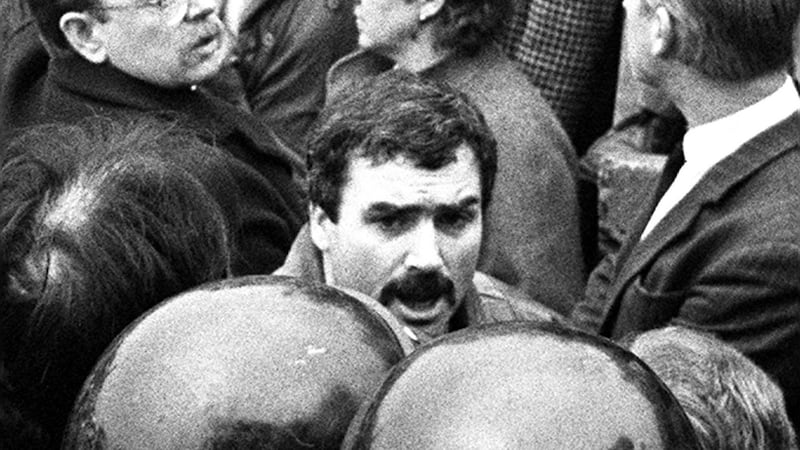Minister for Defence Simon Coveney will today brief the Cabinet on the deployment of Irish peacekeeping troops to the Golan Heights following the receipt of assurances from the UN regarding the restructuring of the mission there.
Mr Coveney has expressed confidence that the UN statement recognising the need for restructuring would be sufficient to allow Ireland to continue to deploy troops to the Golan but he did not reveal what he would be telling his Cabinet collegaues.
"We now have a position, supported by a UN Security Council statement, whereby the council is supporting the structural changes to the mission," he said. "There will be another report back to them in 30 days as regards added changes that may or may not need to happen to manage risk appropriately. That is what we asked for and that is what we got."
Mr Coveney took issue with media reports at the weekend which suggested that UN peacekeepers had to be brought out from the Golan Heights through Israel because of the deteriorating situation on the Syrian side of the buffer zone due to the Syrian civil war.
“That is a real exaggeration - there was an orderly redeployment of troops over the past few days whereby UN peacekeeping troops, the vast majority of them with the exception of the ones in Mt Herman who are Nepalese troops, have been moved from posts that that were on the Syrian side of what is called the Alpha Line.”
Speaking to reporters in Cork yesterday, he said the troops had been redeployed onto the Israeli side. “There is no civil war ongoing there. That all happened in a way that was well-managed and well-organised. The Irish troops were the last to leave the HQ of UNDOF mission. You would expect that as they are the most heavily armed.”
He added: “There was no engagement with Syrian opposition forces or al-Nusrah or anybody else. It was a decision that was taken in anticipation of a changing environment and it was the right decision.”
Mr Coveney also took issue with media reports over the weekend which suggested that 130 Irish troops had been sent into the Golan Heights without Javelin missiles which, according to military sources, would have been “a game changer” in any fire fight with Islamist rebels.
“I saw a story in the Sunday Independent which, frankly, I don’t think was accurate...Having spoken to lots of people involved there was never a request to use that weapon, the Javelin (missile),” said Mr Coveney.
“The issue of how heavily armed peacekeepers should be in that mission is something that needs to be under discussion.”
Israel’s military today said it shot down a Syrian warplane over the Golan Heights, the first such incident in three decades.
“It was a Russian-made Sukhoi,” a military spokesman said. Israeli military sources said the plane apparently crossed by accident into Israeli-controlled airspace over the Golan Heights and was not on a mission to attack Israeli targets.
The aircraft was intercepted by a US-manufactured Patriot missile, the spokesman said.
Israel Radio said the warplane was apparently carrying out a mission against Syrian rebels battling the forces of president Bashar al-Assad.
Israel’s military said it shot down a Syrian drone over the Golan Heights on August 31st.
Israel last downed a manned Syrian aircraft in 1985, when Israeli fighters on a surveillance mission over Lebanon destroyed two Syrian MiG-23s that approached them.
Syria described the incident as an act of aggression. Syrian state TV quoted a military source as saying the downing of the plane, which coincided with US-led air strikes against Islamic State in Syria, came “in the framework of ( Israel’s) support for the terrorist (Islamic State) and the Nusra Front”.













